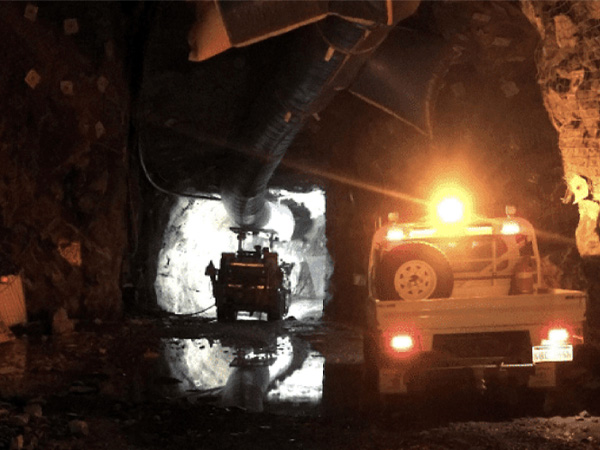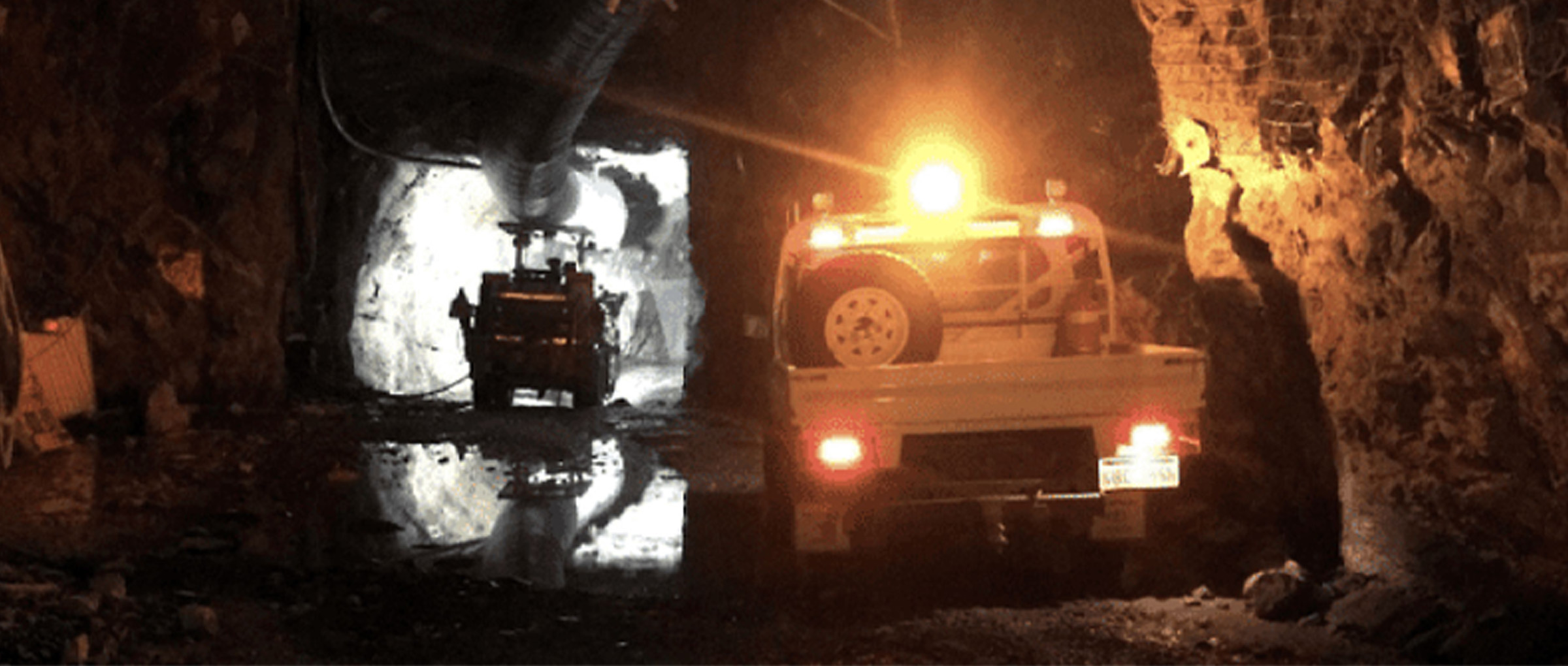As global demand for minerals grows, the mining sector’s energy consumption is anticipated to increase 36% by 2035, according to a recent report by the Columbia Center on Sustainable Investment (CCSI). Energy accounts for an estimated 15% of mining costs already and can often rise to 40% in metal mines, according to the CCSI report. Additionally, where fossil fuels are employed, energy costs can be quite volatile and, thereby, unpredictable for mining companies.


With these challenges in mind, Dacian Gold, a mining company based out of West Australia, began the search for alternative options for their mine’s energy supply about 2.5 hours north of Kalgoorlie. Building a solar array was a viable option, but Dacian knew they would need reliable energy storage to capture their daytime solar energy generation to power their critical communications throughout the night. Although lead-acid batteries have a seemingly lower cost, it would have been very challenging to transport them to such a remote site, given their weight and size. Dacian would have also needed to construct a separate building to house the lead-acid batteries due to their size and the large number of batteries that would have been required.
Dacian turned to Jim Thomson of Outback Energy Supply to recommend a better energy storage solution as an alternative to powering their critical communications equipment. Having installed PHI lithium iron phosphate batteries across West Australia for several years, Jim readily recommended our energy storage solutions.
Jim explained, “I always recommend PHI batteries, not just because of their ease of logistics and handling -- which is ideal for remote sites -- but also because of their 10-year warranty and ability to perform in high ambient temperatures.”
In addition to the struggle and cost of deploying three-times-heavier lead-acid batteries, Jim knew it would be too large a risk to deploy lead-acid batteries in a hot, remote location, given their toxicity, shallow depth of discharge, high maintenance, and inability to handle nearly as wide a temperature range. Dacian, therefore, determined it would be more reliable and cost-effective in the long run to deploy PHI batteries and avoid future lead-acid replacement failures and associated costs. Of equal importance is the fact that we do not use cobalt-based lithium chemistry, so there isn’t the risk of thermal runaway or fire.


The solar+storage microgrid that Outback Energy Supply installed for Dacian consists of 21 PHI 3.4kWh batteries for a total of 71.4kWh energy storage, one Selectronic SP Pro 5kW inverter, two 5kW Fronius inverters, three Victron SmartSolar 250/100 solar regulators, ninety 290W Jinko Solar panels for a total of 26.1kW of solar power, and one 11kVa Kubota Generator.


From cost savings to reliability, Dacian can rest assured now that their maintenance-free solar+storage system powers their operations 24/7, no matter the climate. Dacian has now joined the ranks of mining companies that have contributed to the more than one hundredfold increase in mining-based solar and wind capacity globally over the past eight years. Historically Grid-Tied Vermont State Park Opts for More Cost-Effective Energy Storage + Solar Microgrid.


Request a Commercial Consultation
Talk with a Briggs & Stratton energy expert by clicking the button below and provide basic information about your upoming project!



